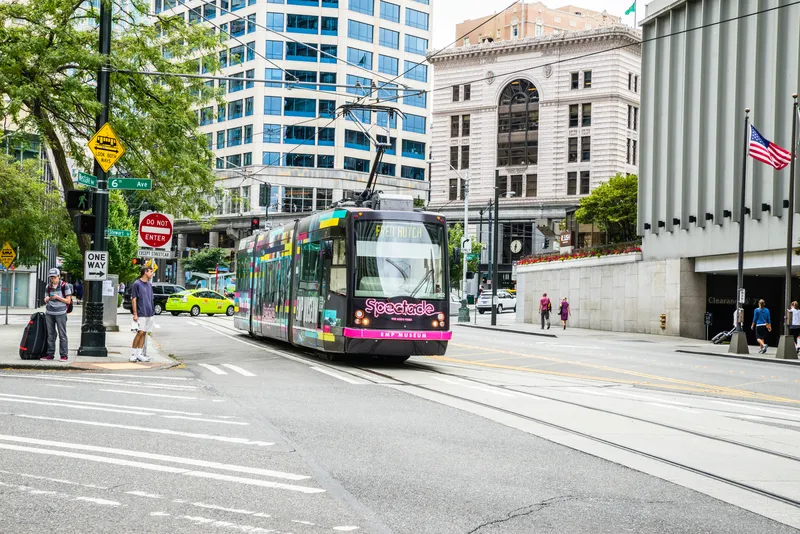
What is claimed to be the world’s first Mobility as a Service solution,
Users can opt to either receive a single monthly bill, pay as they use the service or pay via their mobile service provider.
The company has also just announced that Vediafi taxi sharing services, which will start this month in Helsinki for guests at the Omena hotel, will accept PayiQ mobile payment.
According to the company’s CEO Tuomo Parjanen, people find the app easy to use and the software includes an anti-fraud feature which prevents QR codes being photographed and used by non-authorised individuals. He said in areas adopting the system, the anonymised information concerning peoples’ travel habits is available for analysis purposes.










